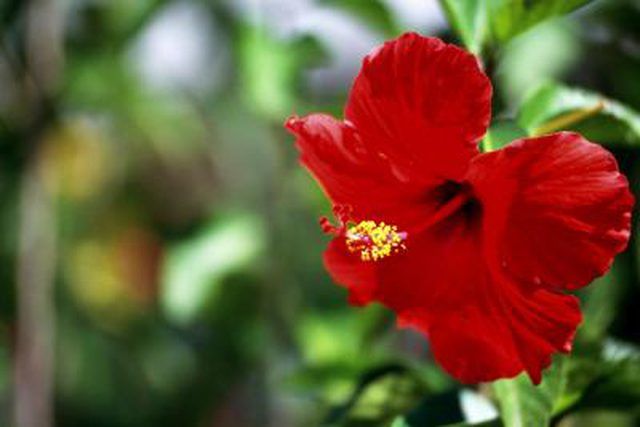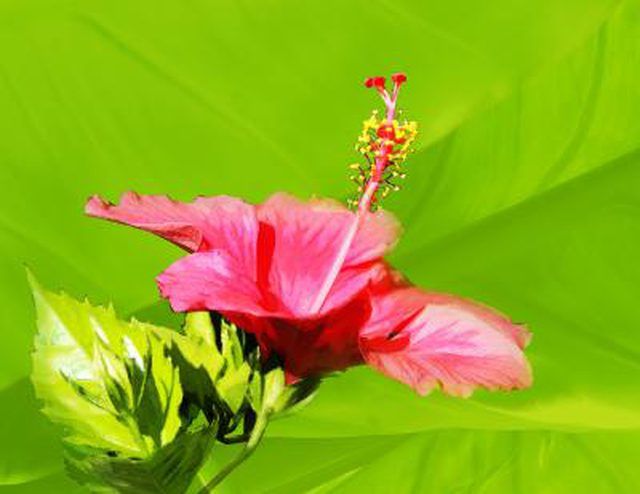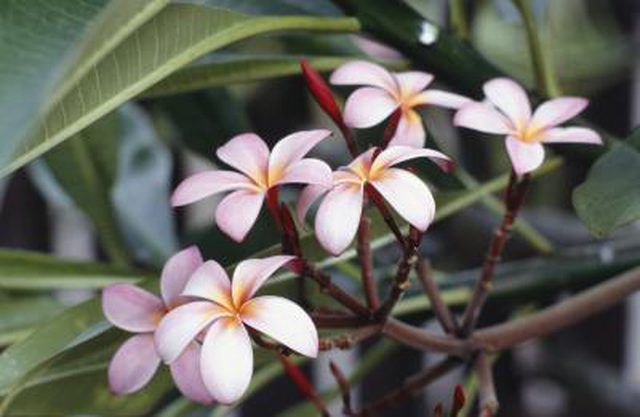Bulbs
Flower Basics
Flower Beds & Specialty Gardens
Flower Garden
Garden Furniture
Garden Gnomes
Garden Seeds
Garden Sheds
Garden Statues
Garden Tools & Supplies
Gardening Basics
Green & Organic
Groundcovers & Vines
Growing Annuals
Growing Basil
Growing Beans
Growing Berries
Growing Blueberries
Growing Cactus
Growing Corn
Growing Cotton
Growing Edibles
Growing Flowers
Growing Garlic
Growing Grapes
Growing Grass
Growing Herbs
Growing Jasmine
Growing Mint
Growing Mushrooms
Orchids
Growing Peanuts
Growing Perennials
Growing Plants
Growing Rosemary
Growing Roses
Growing Strawberries
Growing Sunflowers
Growing Thyme
Growing Tomatoes
Growing Tulips
Growing Vegetables
Herb Basics
Herb Garden
Indoor Growing
Landscaping Basics
Landscaping Patios
Landscaping Plants
Landscaping Shrubs
Landscaping Trees
Landscaping Walks & Pathways
Lawn Basics
Lawn Maintenance
Lawn Mowers
Lawn Ornaments
Lawn Planting
Lawn Tools
Outdoor Growing
Overall Landscape Planning
Pests, Weeds & Problems
Plant Basics
Rock Garden
Rose Garden
Shrubs
Soil
Specialty Gardens
Trees
Vegetable Garden
Yard Maintenance
The Meaning of a Hibiscus Flower
The Meaning of a Hibiscus Flower. The hibiscus flower, while native to Asia and the Pacific Islands, is grown all over the world and comes in over 200 species. Hibiscus bloom in hues of red, pink, orange, yellow and white, each variety having its own distinct flower. Like its genetic variety, the hibiscus also has various meanings specific to...
The hibiscus flower, while native to Asia and the Pacific Islands, is grown all over the world and comes in over 200 species. Hibiscus bloom in hues of red, pink, orange, yellow and white, each variety having its own distinct flower. Like its genetic variety, the hibiscus also has various meanings specific to Europe, Hawaii, Japan, China, South Korea, Malaysia, Egypt, India and other areas.

Dating to the Victorian era, when flowers adorned clothing, stationery, wallpaper, hats, china and jewelry, the hibiscus means "delicate beauty," relating to the sunny and delicate conditions under which it will bloom and to the fragility and beauty of its flower. Today, "delicate beauty" is the common meaning of the hibiscus when used in flower arrangements or given as a gift. In North America it is commonly known as the "rose of Sharon" and symbolizes the "perfect bride": fruitful, of beauty and one with God.

A common flower of the Pacific Islands, the hibiscus, or ma 'o hau hele in Hawaiian, is the state flower of Hawaii. It is presented as a welcome gift to visiting state officials and tourists, often in the form of a necklace, or lei. Women also wear the bloom behind ears. Behind the left ear, a hibiscus represents the woman as a desirous lover; behind the right ear, the woman is taken; behind both ears, the woman is taken but prefers another lover. The hibiscus flower is also commonly seen as a tribal tattoo. It represents "old royalty," is meant to bring power and respect and is a sign of hospitality.

In the Japanese language of flowers known as hanakotoba, the hibiscus means "gentle." It is given in honor of visitors and represents the friendly customs of the Japanese. For Chinese, the hibiscus, or China rose, holds various meanings. Some Chinese identify the hibiscus with wealth and fame, while others associate its delicate flower with a young female virgin. In South Korea, the hibiscus, or mugunghwa, is the national symbol seen on national emblems. Despite the flower's fragility, it means "immortality." In weddings, it represent the immortality of love, and in war, it symbolizes the invincibility of military warriors. In Malaysia, the Chinese hibiscus, or bunga raya, is the nation's national flower and means "celebration flower." It represents life and courage and is seen on the nation's currency.

In Egypt, the hibiscus is known by the Arabic name "karkade" after the roselle species. Dating back to ancient Egypt, it is used for medicinal purposes and as a ruby red flavorful tea or punch known for its calming effect.

The hibiscus also is known as flower of an hour, seize the opportunity, shoe flower, Jamaica, flor de Jamaica, agua de Jamaica, red zinger, jus de bissap "national drink of Senegal," rose mallow, swamp rose mallow and kirkaday.
